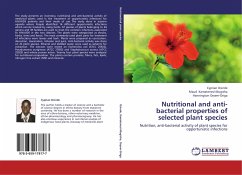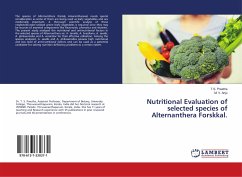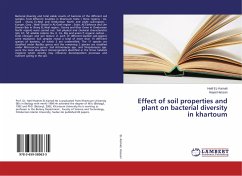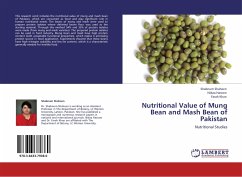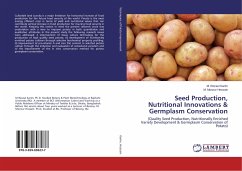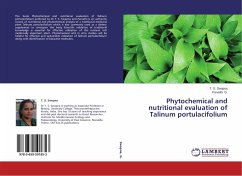The study presents an inventory, nutritional and anti-bacterial activity of medicinal plants used in the treatment of opportunistic infections for HIV/AIDS patients and their mode of use. The study done in eastern uganda where People identified 16 different opportunistic infections which can be treated by using herbs. 67 species of plants belonging to 64 genera and 39 families are used to treat the common infections associated to HIV/AIDS in the two districts. The plants were categorized as shrubs, herbs, trees and lianas. The most commonly used plant parts for treatment of infections were leaves and bark. Plants were prepared as concoction, decoction, maceration, infusion and juice. Anti-bacterial activity was done on 22 plant species. Ethanol and distilled water were used as solvents for extraction. The extracts were tested on Escherichia coli (ATCC 25922), Pseudomonas auriginosa (ATCC 27853) and Staphylococcus aureus (ATCC 25923) and where proven active. Twenty four plant species were analyzed for nutritional composition. The plants contain proteins, fibres, fats, lipids, nitrogen free extract (NFE) and minerals.
Bitte wählen Sie Ihr Anliegen aus.
Rechnungen
Retourenschein anfordern
Bestellstatus
Storno

